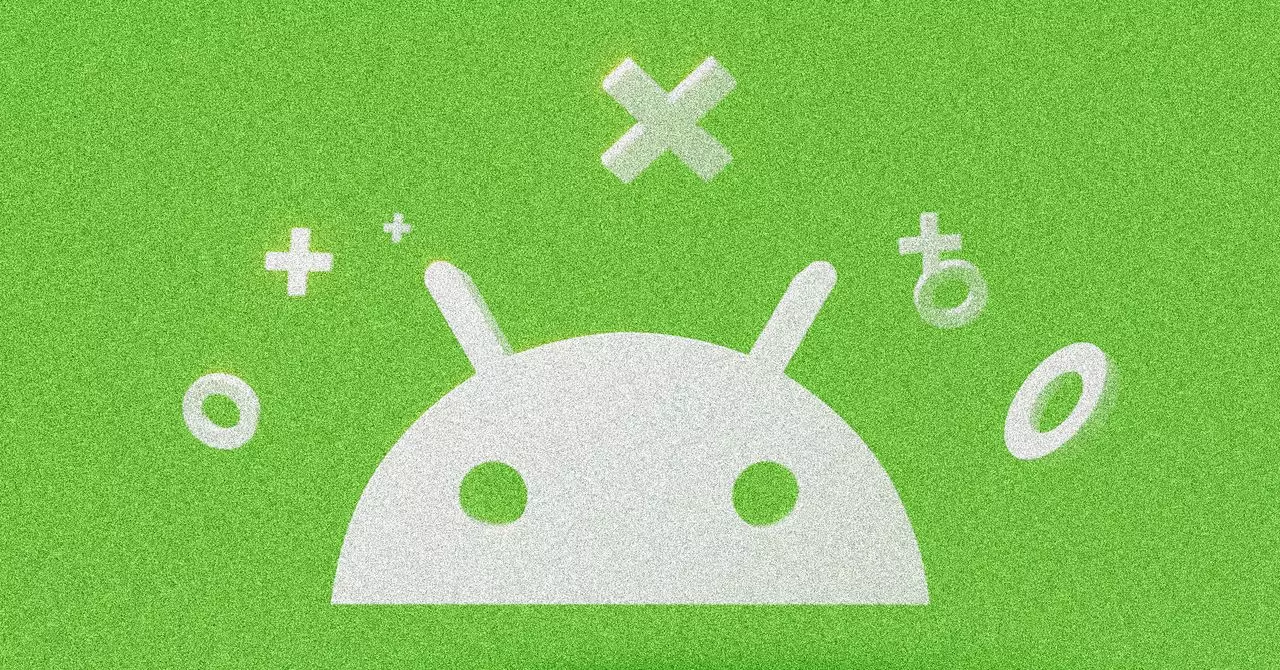The anticipation surrounding Google I/O is palpable as it approaches on May 20. This year’s annual developer conference promises an avalanche of announcements, and Google has decided to tease its audience by unveiling some of the revolutionary features of Android 16 ahead of time during an event aptly named The Android Show. This fresh iteration of Google’s mobile operating system is not merely an incremental update; it represents a leap into a more personalized and expressive digital landscape.
With technology evolving at breakneck speed, Google aims to maintain its competitive edge, particularly as it caters to an audience increasingly enamored with aesthetic and functional user experiences. One of the most notable enhancements in Android 16 is its striking redesign, heralded as Material 3 Expressive. This new design language is about significantly more than visuals—it’s about creating a user experience that resonates deeply, marked by playfulness and creativity. With the last major redesign occurring four years prior, the update demonstrates that Google is committed to keeping its interface fresh and engaging, ensuring it caters to a user base that thrives on customization.
The Significance of Personalization
Customization has surmounted mere convenience to become an expectation among the users of today’s smartphones. Android 16 responds directly to this trend, allowing users greater flexibility in tailoring their devices to reflect personal tastes. Not merely a superficial alteration, the enhancements undergo extensive research, drawing insights from 46 studies with over 18,000 participants. This data-driven approach is crucial, especially when considering the shifting demographics of smartphone users. A striking 87 percent of teenagers currently own iPhones, exhibiting a steadfast loyalty that Google clearly aims to challenge with its latest offering.
The excitement surrounding this redesign is amplified by the promise of more dynamic interactions. Users will find that swiping away notifications transforms from a mundane action into a more engaging experience. The added haptic feedback, paired with visually responsive animations, breathes life into everyday actions. It’s these details that enthuse users and foster a sense of connection with their devices, potentially swaying those who have remained loyal to other platforms. Google’s commitment to enhancing user interaction through dynamic animations serves to elevate the overall experience, solidifying Android’s place in a competitive market.
A Symphony of Functionality and Aesthetics
However, Android 16 is not simply focused on aesthetics; functionality remains at the forefront. Google has recognized the necessity of a feature-rich operating system capable of accommodating an array of user needs, particularly with the Quick Settings drawer. This utility has been expanded, allowing users to access frequently used tools, such as the Flashlight and Do Not Disturb mode, with unparalleled ease. By keeping these settings visible even in standby mode, Google demonstrates a keen awareness of user behavior and convenience.
Moreover, the inclusion of enhanced typography and color themes further compliments the functional design. This attention to detail elevates the consistency of experience across supported applications, ensuring that personalization does not come at the expense of usability. Such features not only cater to aesthetic preferences but also bolster overall accessibility, making Android 16 an attractive option for a diverse range of users.
Anticipations Before the Grand Reveal
As we inch closer to the broader reveal at Google I/O and the anticipated roll-out for Pixel phones, the excitement crescendos. This early glimpse into Android 16 serves to set the stage not just for what is to come, but to rekindle enthusiasm among existing users and attract new ones. In an industry plagued with rapid changes, where user loyalty can hinge on a single update, Google has cleverly positioned Android 16 as a powerful contender, shifting the focus back toward an accentuated user experience.
Ultimately, as Google unveils more details at the upcoming event, the excitement surrounding Android 16 will likely swell. The blend of innovative design, thoughtful functionality, and a user-centric approach has the potential to transcend previous iterations, making a bold statement in the smartphone landscape. Will this be enough to narrow the smartphone divide and win over the hearts of the younger generation, or can Google expect to face an uphill battle as it strives to redefine modern mobile interactions? The response to these thrilling developments remains to be seen.

